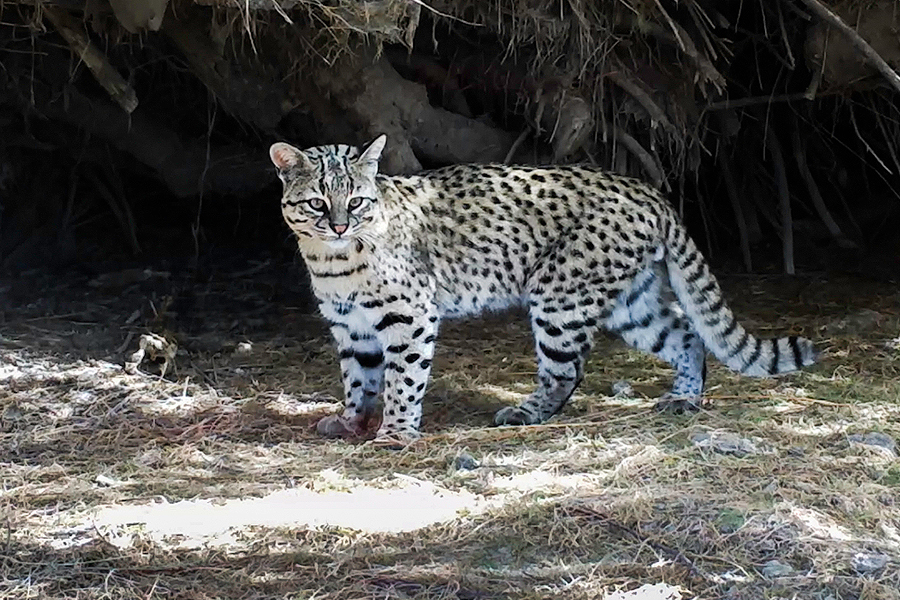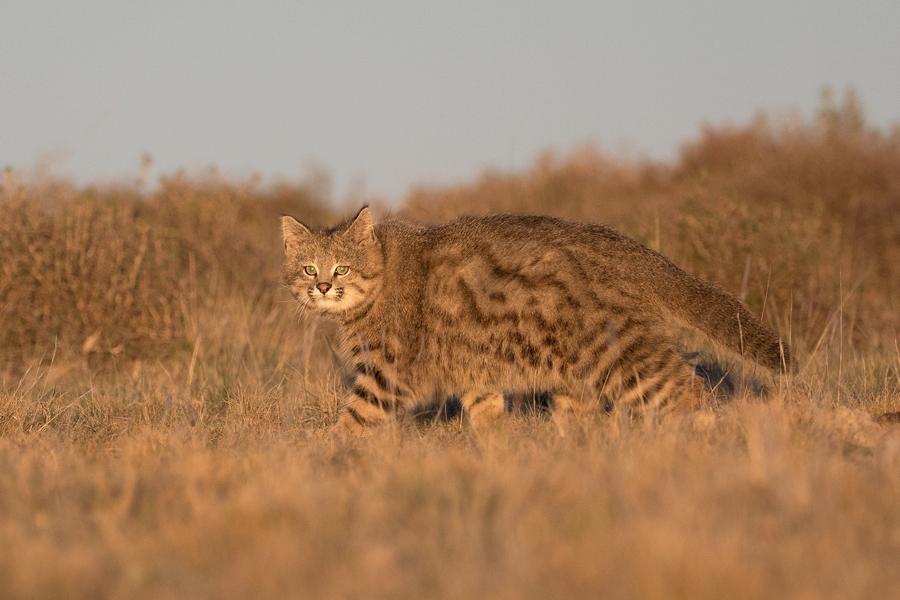Some of the species who live in the Península Valdés are inconspicuous because of their nocturnal schedule or cryptic habits. Monitoring their movements through the use of motion and infrared-triggered cameras, telemetry equipment and GPS collars, allows the research team of CPV to obtain key information about their distribution, behavior and eating habits, in order to develop strategies to promote the good coexistence between the native animals and the domestic species.
These kinds of animals are notoriously difficult to monitor. Some of them -like the felines (Puma concolor, Leopardus geoffroyi, Leopardus colocolo)- are shy, solitary, and nocturnal with wide ranging patterns and naturally low densities, confounding efforts to obtain reliable population estimates.




